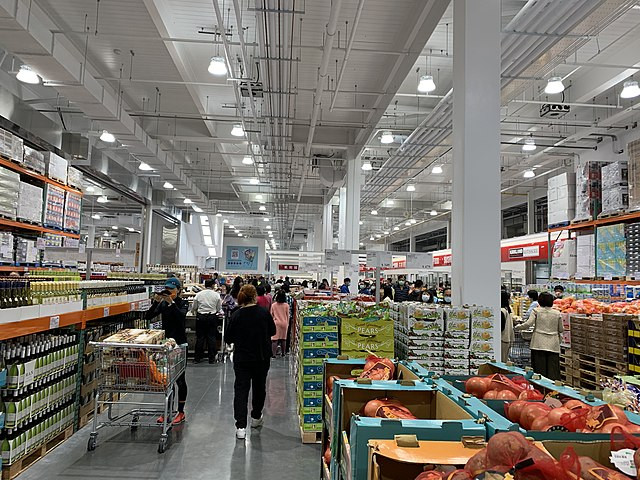U.S. producer prices rose modestly in December, signaling some easing in wholesale inflationary pressures, although energy costs continue to exert upward pressure. The Labor Department reported Tuesday that the producer price index (PPI), which measures price changes at the wholesale level, increased by 0.2% for the month. This was a decline from the 0.4% rise in November and below market expectations of another 0.4% increase.
Excluding volatile food and energy categories, the core PPI was flat month-over-month, defying predictions of a 0.3% rise. On an annual basis, overall PPI climbed by 3.3% in 2024, the highest since February 2023, while core PPI advanced 3.5% year-over-year.
Energy costs were a key driver of December's increase, with gasoline prices surging 9.7% and contributing to a 3.5% rise in the energy component of the index. Food prices, in contrast, dipped slightly by 0.1%, offset by a steep 14.7% decline in the price of fresh and dry vegetables. Service prices were stagnant for the month, with increases in passenger transportation costs counterbalanced by declines in traveler accommodations.
The latest PPI data comes ahead of the Labor Department's more widely watched consumer price index (CPI) release, which is expected to show a 0.3% monthly increase and annual inflation rates of 2.9% for the headline figure and 3.3% for the core measure. Together, these inflation metrics are closely monitored by the Federal Reserve as it weighs the trajectory of interest rates.
Stock markets responded positively to the report, with futures rallying and Treasury yields retreating after climbing in the early days of 2025. While inflation has cooled significantly from the historic highs of 2022, its recent plateau has tempered expectations for aggressive rate cuts by the Federal Reserve.
The Fed, which raised its benchmark interest rate 11 times between 2022 and 2023, reversed course last year, implementing three rate cuts in response to declining inflation. However, progress has stalled in recent months, with inflation levels remaining above the central bank's 2% target. Federal Reserve officials signaled in December that they would adopt a cautious stance on further rate reductions, projecting just two cuts for 2025.
Carl Weinberg, chief economist at High Frequency Economics, said the December PPI figures reinforce the Fed's cautious approach. "Better-than-expected is not what necessarily what the Fed wants to see before easing monetary conditions into a fast-growing economy, with tariffs and tax cuts on the agenda of the incoming administration," Weinberg noted, adding that the incoming Trump administration's policies on tariffs and tax cuts could further complicate inflation dynamics.
The Fed is widely expected to maintain its current rate levels at its next meeting on January 28-29, though Chair Jerome Powell may use the occasion to provide guidance on the outlook for monetary policy. Current market pricing reflects expectations of a single rate cut later in the year.
Wholesale prices, often considered a leading indicator of future consumer inflation, remain an area of focus for policymakers and investors alike. Economists note that components such as healthcare and financial services feed into the Fed's preferred inflation gauge, the personal consumption expenditures (PCE) index.






